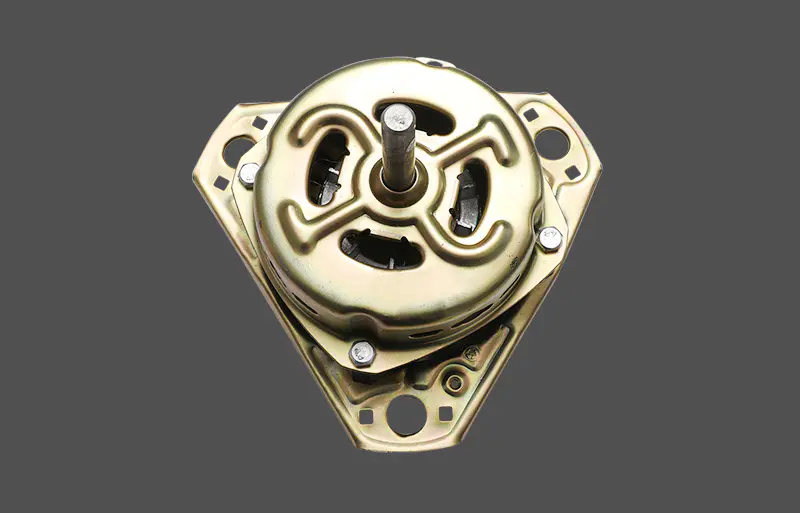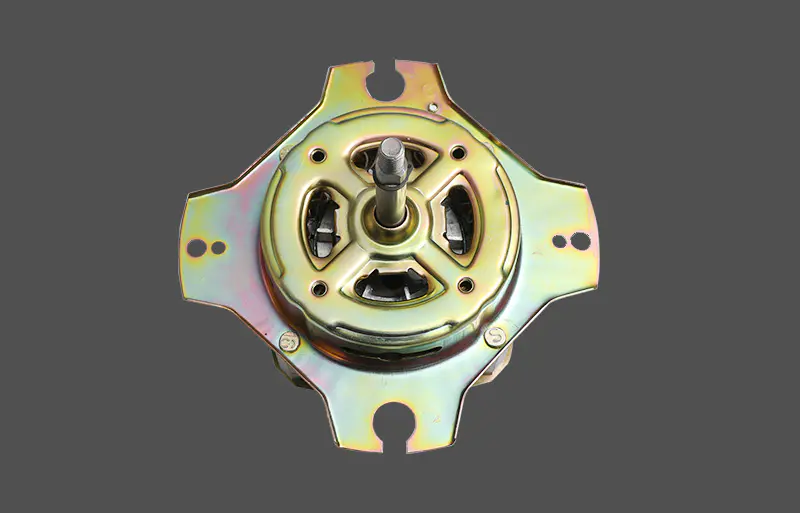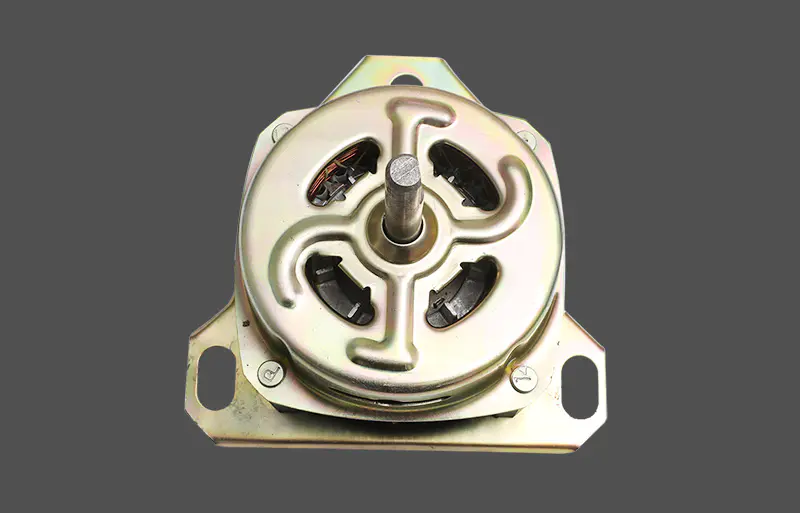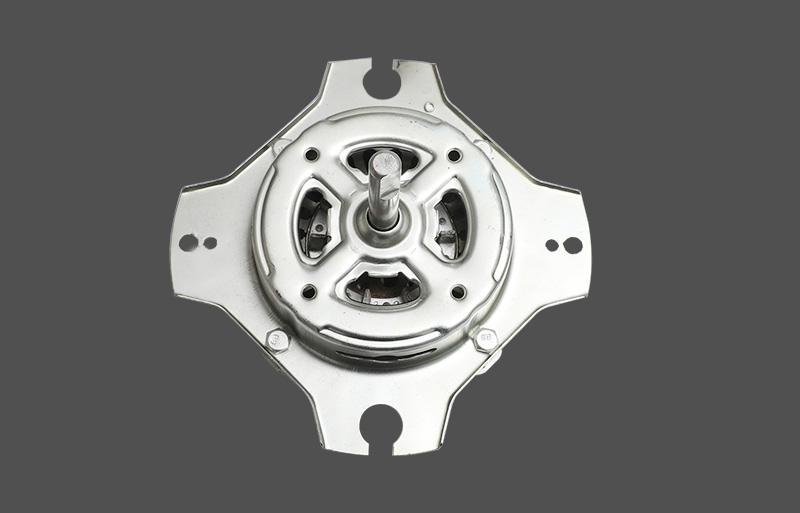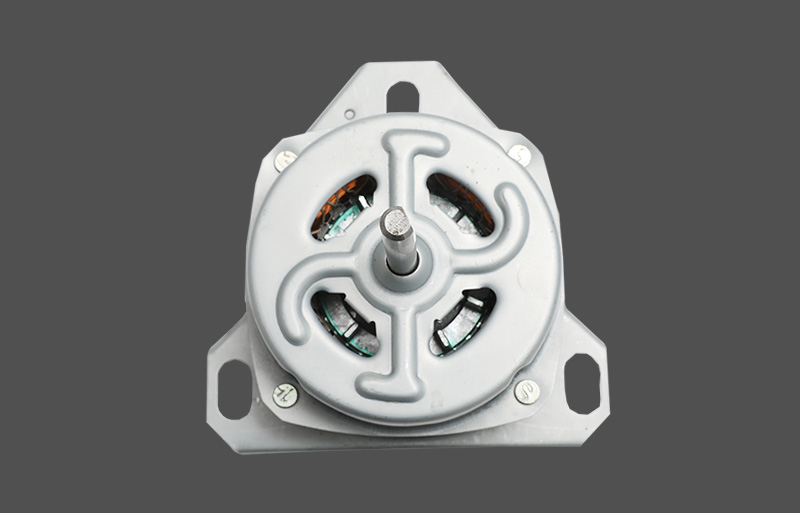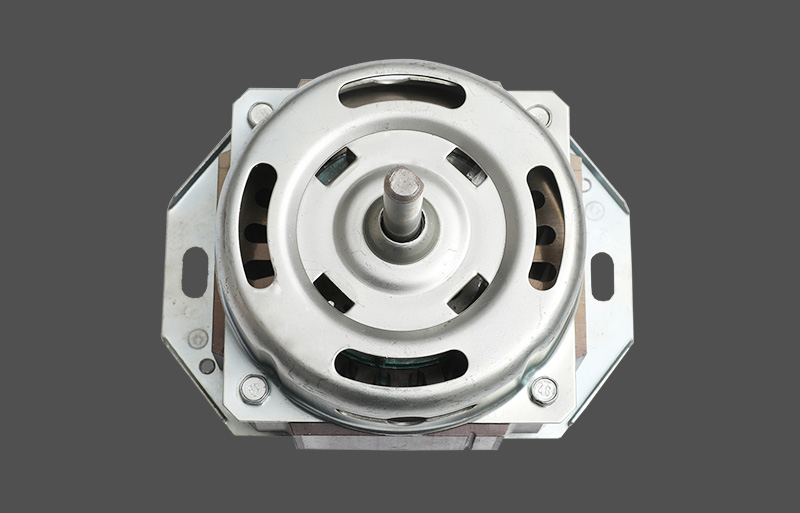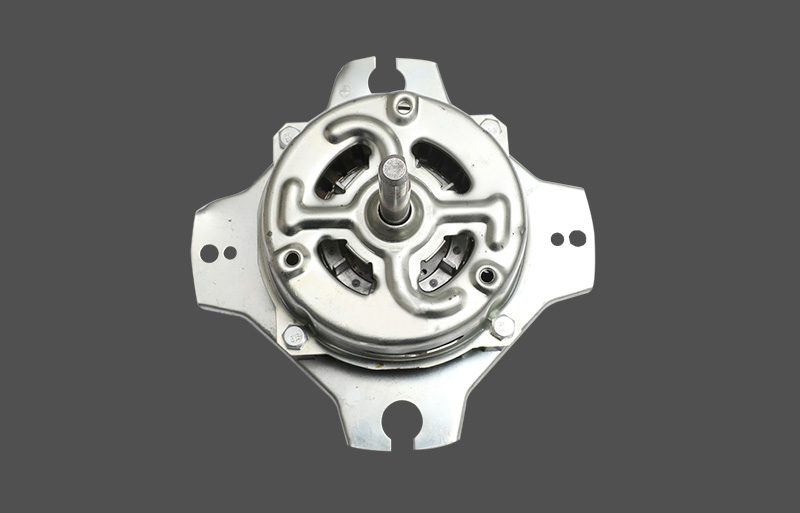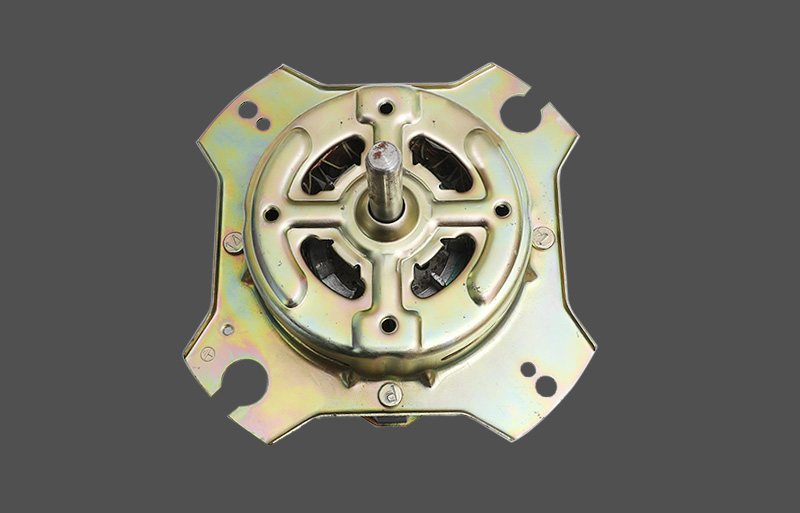In the internal structure of the motor, the stator and rotor cores are the core components of electromagnetic energy conversion, and the selection of their materials plays a vital role in the efficiency of the motor. Generally, cold-rolled silicon steel sheets are the preferred material for core laminations due to their high magnetic permeability and low iron loss characteristics. The silicon content, grain orientation and coating type of silicon steel sheets directly affect their magnetic permeability and hysteresis loss. Under high-frequency operating conditions, low-iron-loss silicon steel sheets can significantly reduce eddy current loss and hysteresis loss, thereby improving the utilization efficiency of magnetic flux and enabling the motor to maintain high efficiency at high speeds. High-quality silicon steel materials also have good anti-saturation ability and temperature stability, ensuring that the motor can still output power stably under high load or high temperature environments and avoid the degradation of magnetic properties.
The selection of winding conductor materials also has a significant impact on motor efficiency. Copper, as the main winding material, has become the first choice for fan motor windings due to its excellent electrical conductivity. The low resistance characteristics of high-purity oxygen-free copper can effectively reduce the Joule heat loss generated when current passes through the winding, that is, copper loss. Copper loss is one of the main forms of energy loss in motor operation. The use of highly conductive copper materials can significantly reduce energy loss and reduce heat accumulation, which helps to reduce the temperature rise of the motor and extend its operating life. In addition, the mechanical strength and oxidation resistance of copper wire are also important factors to ensure the long-term stable operation of the motor. Some high-end fan motors also use flat copper wire structures to increase the conductive cross-sectional area by increasing the slot fill rate, thereby further reducing the resistance per unit volume and improving the efficiency of the winding.
In recent years, with the continuous development of energy-saving technologies, some fan motors have begun to introduce aluminum windings as an alternative to reduce costs. However, since the resistivity of aluminum is higher than that of copper, the resistance loss per unit length is large, and its mechanical strength and heat resistance are relatively low. Therefore, copper wire is still the main choice in applications with high efficiency requirements. In addition, the choice of winding insulation material also has an indirect impact on efficiency. High-quality insulating varnish or interlayer insulation material can enhance thermal conductivity and heat resistance, avoid the generation of local hot spots, and thus improve thermal stability and motor working reliability.
In permanent magnet synchronous fan motors, the material properties of permanent magnets are the key factors affecting motor efficiency. High-performance rare earth magnets, such as neodymium iron boron (NdFeB), are widely used due to their extremely high magnetic energy product. They can provide stronger magnetic field strength, allowing the motor to achieve greater electromagnetic torque output without increasing the input current. High-quality magnets not only increase the magnetic flux density per unit volume, but also effectively reduce the electromagnetic loss caused by insufficient magnetic flux, thereby improving the overall energy efficiency level. At the same time, the temperature stability of the magnet is particularly important in fan motors. Only by keeping the magnetic properties from decaying during long-term high-load operation can the output efficiency be constant. The use of permanent magnet materials with high coercivity and high Curie temperature helps to avoid thermal demagnetization, thereby extending the service life of the motor.




